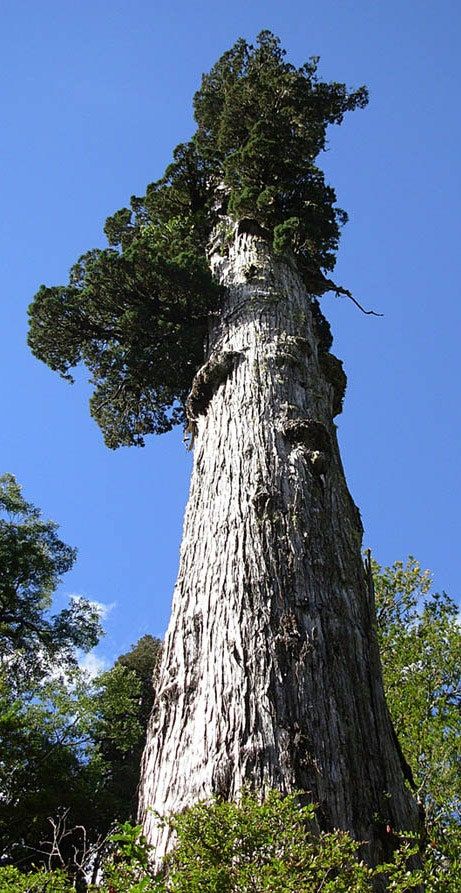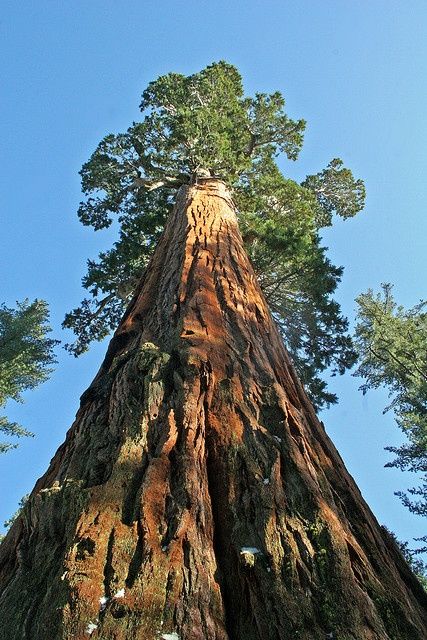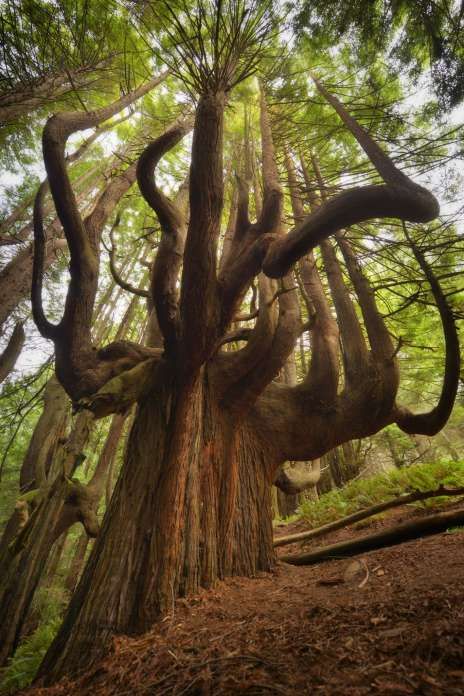In the heart of ancient forests, towering above their surroundings, stand the majestic giants—the awe-inspiring, colossal trees that command reverence and capture our imagination. These magnificent arboreal wonders have withstood the test of time, silently witnessing centuries of history and bearing witness to the ever-changing world. Let us embark on a journey to explore the realm of giant trees.

Giant trees, also known as monumental or ancient trees, are renowned for their extraordinary size and grandeur. They can be found in various regions across the globe, each species possessing its unique characteristics and allure. Among these magnificent giants, a few have claimed their place in the annals of natural history.


Sequoias and redwoods, towering giants of the western United States, command attention with their immense height and girth. The General Sherman Tree, nestled in California’s Sequoia National Park, stands as a testament to nature’s ability to create something truly extraordinary. It holds the distinction of being the largest known living single-stem tree on Earth, measuring over 83 meters in height and boasting a diameter of more than 11 meters at its base.


In the misty forests of the Pacific Northwest, the Sitka spruces and Douglas firs reign supreme. These towering sentinels of the temperate rainforests can reach astonishing heights, their canopies piercing the sky and creating a haven for a diverse array of flora and fauna. The Quinault Big Cedar, found in Washington’s Olympic National Park, is a striking example of the grandeur of these ancient giants, with a circumference of over 20 meters and an estimated age of over 1,000 years.

Moving across the world to the southern hemisphere, we encounter the mighty eucalyptus trees of Australia. Among them, the Mountain Ash, or Eucalyptus regnans, stands as the tallest flowering plant on Earth. Reaching heights of over 90 meters, these magnificent giants dominate the landscapes of the Australian mainland and Tasmania, showcasing the remarkable adaptability and resilience of nature.





